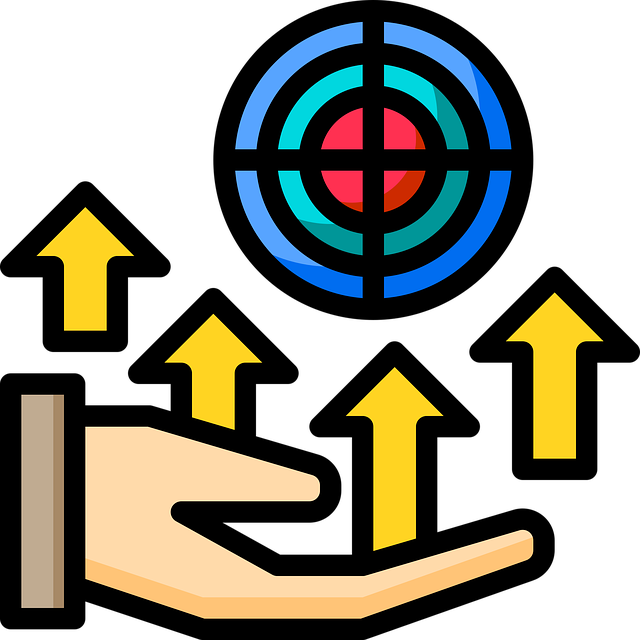AI Business Real-Time Analytics Engines are transforming operations by instantly analyzing massive datasets through advanced machine learning, providing dynamic business insights. A key application is AI Health Code Compliance Tracking, which monitors employee locations and detects behavioral anomalies to enforce regulatory adherence and alert authorities promptly. This technology ensures businesses maintain compliance with evolving standards, enhancing efficiency and enabling resource allocation to areas needing improvement. Real-time analytics also facilitates proactive risk management, fostering a culture of continuous improvement and safety. AI health code compliance tracking is a powerful tool for maintaining stringent industry standards, using machine learning and natural language processing to detect potential breaches in health and safety protocols. By empowering employees with data-driven insights, this technology prevents costly fines, legal issues, and promotes a culture of safety within organizations. Implementing AI analytics engines offers significant advantages through efficient processing of vast datasets, enabling prompt data-driven decisions.
“Discover the transformative power of AI business real-time analytics engines, revolutionizing operational efficiency and safety monitoring. This article explores the intricate world of these advanced systems, offering a comprehensive guide for businesses aiming to stay ahead.
We delve into ‘AI Health Code Compliance Tracking’—a game-changer in ensuring safety protocols are met, especially in regulated industries. Furthermore, it provides practical insights on implementing and optimizing AI analytics, enabling organizations to harness full potential.”
- Understanding AI Business Real-Time Analytics Engines
- AI Health Code Compliance Tracking: A Game-Changer for Safety Monitoring
- Implementing and Optimizing AI Analytics for Efficient Operations
Understanding AI Business Real-Time Analytics Engines

AI Business Real-Time Analytics Engines are transforming the way organizations operate by providing instant insights from vast datasets, enabling swift decision-making. These engines leverage advanced machine learning algorithms to analyze data streams as they occur, offering a dynamic view of business performance. One notable application is in AI health code compliance tracking, where real-time analytics can monitor and enforce adherence to health and safety regulations, such as tracking employee locations, detecting anomalies in behavior patterns, and alerting authorities to potential breaches promptly.
This technology ensures that businesses stay compliant with ever-changing regulatory landscapes, enhancing overall operational efficiency. By automating the monitoring process, companies can allocate resources more effectively, focusing on areas requiring improvement rather than manual oversight. Real-time analytics also facilitates proactive risk management, allowing businesses to anticipate and mitigate potential issues before they escalate, thereby fostering a culture of continuous improvement and safety.
AI Health Code Compliance Tracking: A Game-Changer for Safety Monitoring

AI Health Code Compliance Tracking is transforming the way safety is monitored in various industries, emerging as a game-changer for maintaining stringent standards and ensuring regulatory adherence. By leveraging machine learning algorithms and natural language processing, AI analytics engines can automatically analyze vast amounts of data from diverse sources, including sensor feeds, logs, and documentation, to identify potential breaches or anomalies. This capability allows for proactive interventions rather than reactive responses, thereby enhancing overall safety measures.
The technology enables continuous, real-time monitoring of health and safety protocols, such as those dictated by industry-specific regulations like OSHA standards or sector-specific guidelines. By comparing current operations against established best practices and compliance frameworks, AI systems can pinpoint deviations that might indicate unsafe conditions or processes. This proactive approach not only helps in avoiding costly fines and legal issues but also fosters a culture of safety within organizations by empowering employees with data-driven insights to identify and rectify potential hazards promptly.
Implementing and Optimizing AI Analytics for Efficient Operations

Implementing AI analytics engines in business operations offers a transformative opportunity for efficiency and real-time insights. These advanced systems can process vast datasets, enabling companies to make data-driven decisions promptly. By leveraging machine learning algorithms, businesses can automate various tasks, such as predictive analysis, pattern recognition, and anomaly detection, which were once manual and time-consuming processes. For instance, in the context of AI health code compliance tracking, these engines can monitor and analyze large volumes of health data to identify trends, ensure adherence to regulations, and predict potential outbreaks or issues, thereby streamlining public health management.
Optimizing these analytics engines involves a combination of fine-tuning algorithms, ensuring data quality, and selecting appropriate models for specific use cases. Regular updates and retraining are essential to adapt to evolving patterns and changes in the business landscape. Moreover, integrating AI analytics with existing systems requires careful consideration to avoid silos and ensure seamless data flow, ultimately enhancing operational efficiency and providing a competitive edge in today’s fast-paced market.
AI business real-time analytics engines are transforming operations by offering unprecedented insights and efficiency. As demonstrated, AI health code compliance tracking is a powerful tool that enhances safety monitoring, ensuring adherence to critical regulations. By implementing and optimizing these advanced systems, businesses can streamline processes, reduce risks, and gain a competitive edge in today’s data-driven landscape. AI analytics, when leveraged effectively, promises a future of improved operations and enhanced decision-making.
